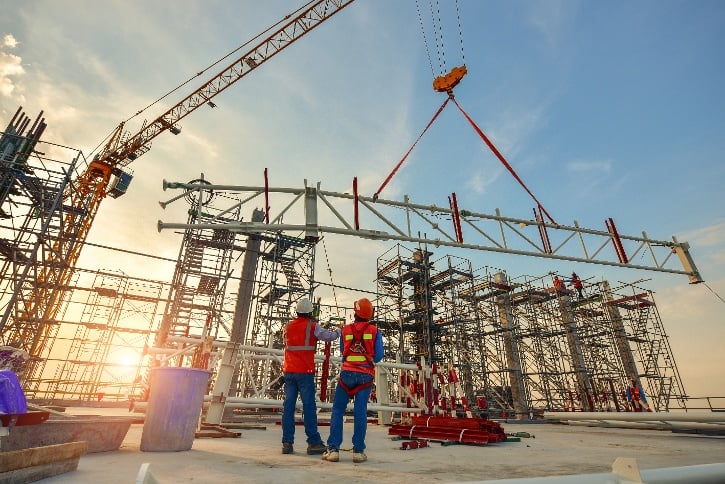Construction during the summer months in Saudi Arabia presents unique challenges. With temperatures soaring above 45 °C, project delays, safety risks, and equipment failure are all real concerns. To maintain productivity and meet deadlines, contractors must adopt smart, heat-resilient strategies throughout the construction process.
Smart Scheduling and Labor Management
Adapting Work Hours Around Peak Heat
One of the most effective ways to beat the heat is by rescheduling working hours. Shifting labor activities to early mornings or late evenings helps avoid the intense midday sun. This scheduling adjustment not only protects workers but also ensures compliance with labor laws that restrict outdoor work during the hottest hours of the day.
Break Strategies and Shift Rotation
Implementing short, frequent breaks in shaded areas can help workers recover and stay hydrated. Alternating heavy and light-duty tasks between workers further minimizes physical strain, making it easier to maintain performance levels without risking health.
Hydration, Cooling & Safety Measures
Cooling Infrastructure On Site
Providing shaded rest areas, misting fans, and hydration stations across the construction site can significantly reduce heat-related risks. Access to cold water and electrolyte drinks ensures workers remain well-hydrated throughout the shift.
Health Monitoring & Emergency Preparedness
Regular health checks and heat-awareness training prepare teams for early warning signs of heat exhaustion or heat stroke. On-site responders, first-aid kits, and clear emergency protocols are essential for protecting workers during extreme temperatures.
Materials, Methods & Technology for Heat Resilience
Heat-Resistant Materials & Prefabrication
Choosing materials that perform well under high temperatures helps prevent damage or delays. Prefabrication, done in temperature-controlled environments, reduces on-site work and exposure, improving both safety and efficiency.
Automation and Remote Technologies
Technologies such as drones, smart helmets, and IoT sensors make it possible to monitor both environmental and worker conditions in real time. Automation also limits the need for manual labor during extreme heat, minimizing human exposure to risk.
Material Handling & Environmental Efficiency
Efficient Water Use & Dust Suppression
To manage scarce water resources, greywater recycling and dust control systems like fog cannons can be deployed. These methods maintain cleanliness and safety without excessive water usage.
Managing Concrete Pour and Curing Temperatures
Extreme heat affects concrete curing and strength. By monitoring temperature thresholds and using proper curing techniques, contractors can ensure structural integrity and prevent thermal cracking.
Budgeting, Compliance & Cultural Planning
Financial Planning for Heat Conditions
Unexpected expenses from heat-related delays can be reduced with upfront planning. Allocating extra funds and time for cooling systems, safety infrastructure, and potential slowdowns helps keep the project on track.
Meeting Legal and Ethical Standards
Laws prohibiting work during peak heat hours and mandating safety measures must be strictly followed. Beyond compliance, investing in worker comfort fosters trust, boosts morale, and leads to higher productivity.
Built Environment & Sustainable Design Insights
High-Performance Materials and Passive Cooling Elements
Integrating passive design features like reflective coatings, insulation, wind towers, and shaded facades reduces heat gain in buildings. Green elements such as rooftop gardens and tree-lined paths also help lower ambient temperatures naturally.
Final Thought
Construction in Saudi Arabia’s extreme summer heat requires strategic thinking, technical adaptation, and a deep commitment to worker safety. Through optimized scheduling, material innovation, smart technologies, and thoughtful planning, it’s possible to build efficiently—even under the most challenging weather conditions.








